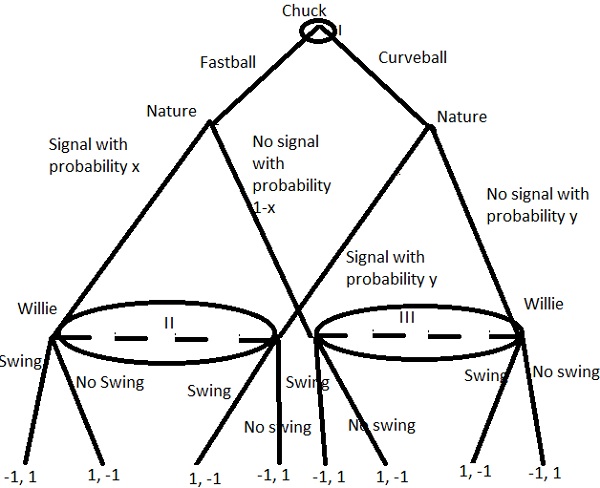Fascinating, just fascinating. And in all this time I've been involved in baseball I thought there would be no math.
A lot of this stuff is somewhat intuitive, "No Duh" type of stuff. Like the guy who won a Nobel prize for proving that employers would move jobs to places where they could pay labor $0.25 per hour rather than $25.00 per hour. Something like that.
Hey, that's the guy right there.
http://en.wikipedia.org/wiki/Arthur_Lewis_(economist)
Actually, it's a bit more involved than all that and maybe I'm confusing this guy with Ross Perot, but you get my point regarding all this baseball stuff, right?
Plus, I still have a little old-school bird tweeting in my ear that whenever I ask if this stuff helps whispers "It helps if you can play".
from the Hardball Times:
Game theory is the next Moneyball:
"In one presentation, Middlebury sophomore Kevin Tenenbaum (subbing for Dave Allen, who is now a professor at Middlebury after several years of publishing PITCHf/x analysis) applied game theory to pitchers and batters and used complicated mathematical models to determine where pitchers should locate pitches in 0-2 counts. I thought the presentation was excellent and the fundamental conclusions made sense, but the math was beyond me. I'm not going to try to explain it here.
There is an easier way to become comfortable with game theory in baseball. Last December at THT, Matt Swartz published a five-part series on baseball and game theory. I considered them the most important sabermetric articles of 2012, though I admit that I'm biased. In the series, Matt laid out an entirely new way of thinking about what pitchers should throw on specific counts."
'via Blog this'
from The Hardball Times:
Game theory is the next Moneyball:
"The presentations I wanted to go to all the presentations, but many were scheduled against each other. I did see Graham Goldbeck present some really interesting data regarding how deep in the strike zone batters tend to hit the ball. It turns out that the optimal place to hit a ball for a home run is about a foot in front of the plate and that a couple of batters, such as Alfonso Soriano and Alexei Ramirez, typically hit the ball nearly two feet in front of the plate.
It also turns out that pitchers can be measured by how deep in the zone batters make contact (hint: in general, the faster the fastball, the deeper in the zone the ball is hit), though there are some notable exceptions—enough exceptions to make us want more data. Alas, this was HITf/x data (I think. Maybe it was the FIELDf/x data?) and it will be hard to come by."
'via Blog this'




No comments:
Post a Comment